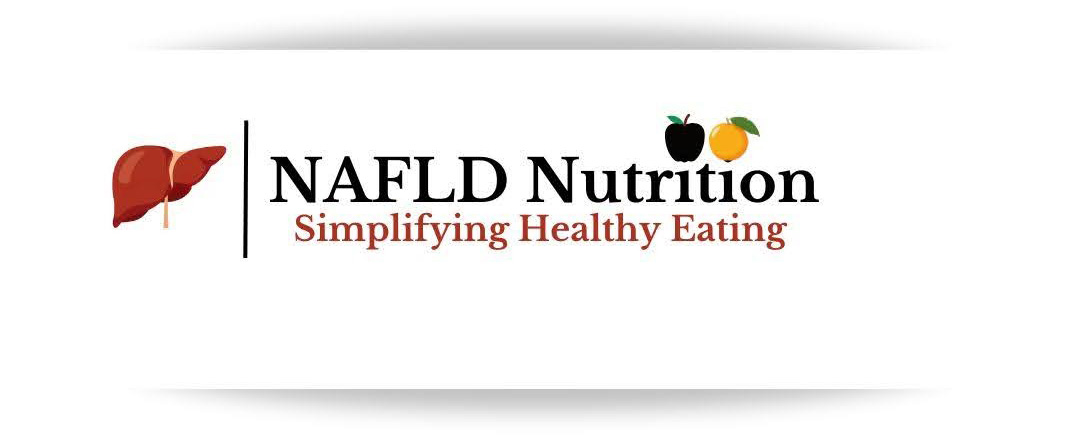Until sometime ago, non-alcoholic fatty liver disease (NAFLD), now metabolic dysfunction associated steatotic liver disease (MASLD) was an almost alien concept in India. Unlike other non-communicable diseases, NAFLD/MASLD was very little talked about. However, off late, with escalating numbers of cases of NAFLD/MASLD being diagnosed in India, in both adults and children alike, NAFLD/MASLD is making its enormous presence felt. So let us now understand what NAFLD/MASLD is and why the condition merits our attention as much as any other lifestyle disorder does.
NAFLD is a condition of unnatural fat deposition in the liver (in the form of triglycerides), when one is not consuming alcohol in significant amounts. A sedentary lifestyle wherein there is no to insignificant physical activity and consuming an energy dense diet that is rich in simple carbohydrates and fats, lacking in good quality protein and essential vitamins and minerals transcends to a cascade of problems; more than ideal body weight (overweight, obesity), type 2 diabetes, high blood pressure (hypertension) and high triglycerides (together making up for metabolic syndrome, which is a cluster of all the above risk factors put together), which may predispose one to NAFLD.
NAFLD is not just a problem of the developed countries. If one in four may have NAFLD globally, in India it is postulated that one in three adults or children may already be having NAFLD. NAFLD is coming up in such a big way that the Government of India included NAFLD into the National Program for Prevention and Control of Cancer, Diabetes, Cardiovascular Diseases and Stroke (NPCDCS).
Now here is the catch. NAFLD does not have any full blown symptoms and even if they occur, they are often confounding with other ailments, hence the silent liver disease. So, the numbers that we see today might just be the tip of the iceberg. More often than not, the diagnosis for NAFLD is accidental when one goes for an abdominal ultrasound for the diagnosis of some other health condition. Liver enzymes might be elevated in those whom NAFLD might have progressed (to non-alcoholic steatohepatitis).
There are multiple reasons why NAFLD needs to be treated. NAFLD has become one of the leading causes of liver related complications (cirrhosis, hepatocellular carcinoma and liver transplant) in India. However, the consequences of NAFLD are just not restricted to the liver. NAFLD is also associated with an array of health conditions such as cardiovascular disease, chronic kidney disease, polycystic ovarian syndrome, obstructive sleep apnoea, vitamin D deficiency, and hypothyroidism. Basically, behaving like an ostrich burying its head in sand when it comes to NAFLD, is not going to help any of us, as the ramifications of the same can be detrimental. There is just no scope for negligence if one has NAFLD.
The current treatment of NAFLD entails correcting the other underlying metabolic conditions such as hypertension, type 2 diabetes, hypertriglyceridemia among others. However, a standard dictum to manage and prevent NAFLD, regardless of the medications one might be on, is lifestyle modification aimed at maintaining a healthy body weight. So, one factor in our hands is nutrition, which can be cashed on to turn the tables in our favour to effectively manage and prevent the onset of NAFLD/MASLD. NAFLD Nutrition is thus dedicated to using the power of evidence based nutrition to bring about favourable changes in our diet and lifestyle to keep NAFLD and other lifestyle disorders in control and at bay.
Register today for the services offered by NAFLD Nutrition!
References
- De A and Duseja A. Nonalcoholic Fatty Liver Disease: Indian Perspective. Clinical Liver Disease 2021; 18 (3): 158-163.
- Shalimar, Elhence A, Bansal B, Gupta H, Anand A, Singh TP and Goel A. Prevalence of Non-alcoholic Fatty Liver Disease in India: A Systematic Review and Meta-analysis. Journal of Clinical and Experimental Hepatology 2022; 12(3): 818-829.
- Papandreou D, Andreou E. Role of diet on non-alcoholic fatty liver disease: An updated narrative review. World J Hepatol 2015; 7(3): 575-582.
- Singh AK, Kumar A, Haque SF. Nonalcoholic Fatty Liver Disease: Evidence based management. Int J Biol Med Res.2015;6(2):5035-5042.
- Jian-Gao Fan, Hai-Xia Cao. Role of diet and nutritional management in non-alcoholic fatty liver disease. Journal of Gastroenterology and Hepatology 2013; 28 (Suppl. 4): 81–87.
- Yang M, Gong S, Ye SQ, Lyman B, Geng L, Chen P, Li DY. Non-Alcoholic Fatty Liver Disease in Children: Focus on Nutritional Interventions. Nutrients 2014; 6: 4691-4705.

Great information!